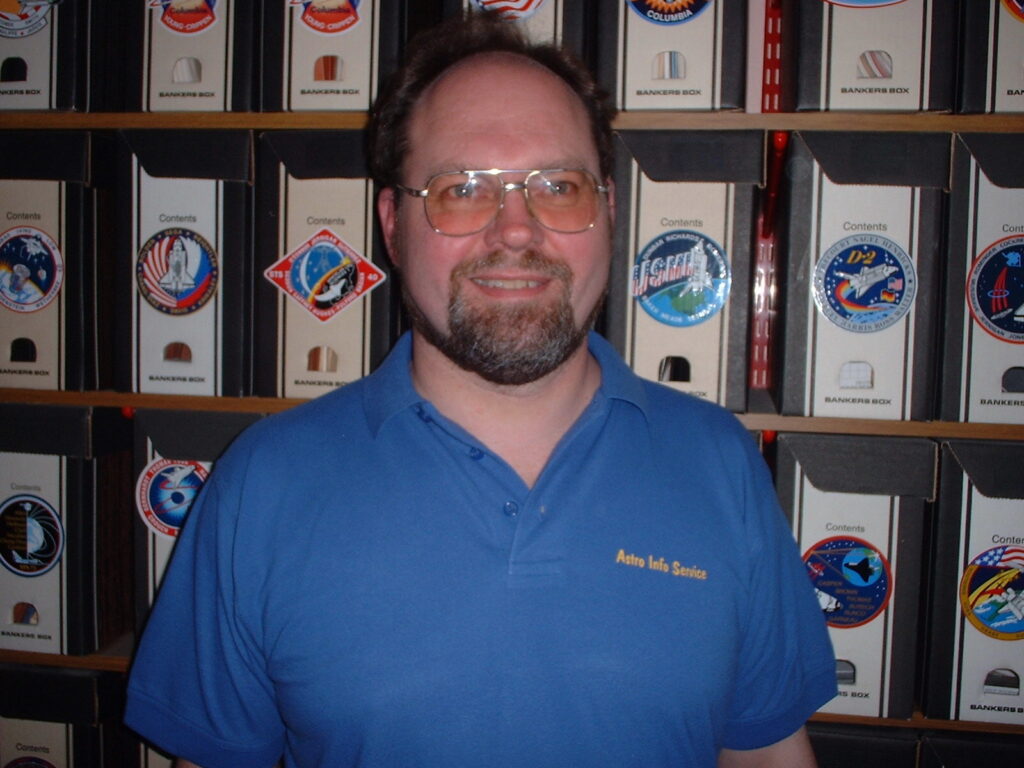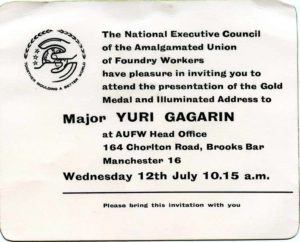
David Shayler is one such author for me. During the Space Day event in Droitwich earlier this year, organised by the British Interplanetary Society West Midlands branch, I finally got to meet David. This is a short recording of our conversation I recorded then.
Incidentally, David is the main organiser of the British Interplanetary Society’s annual Soviet Chinese Forum taking place at the BIS headquarters in London on Saturday, 9th June. A PDF of the program for the day is available online here.
Podcast: Play in new window | Download (Duration: 8:24 — 7.7MB) | Embed
Subscribe: Apple Podcasts | Spotify | RSS | More
